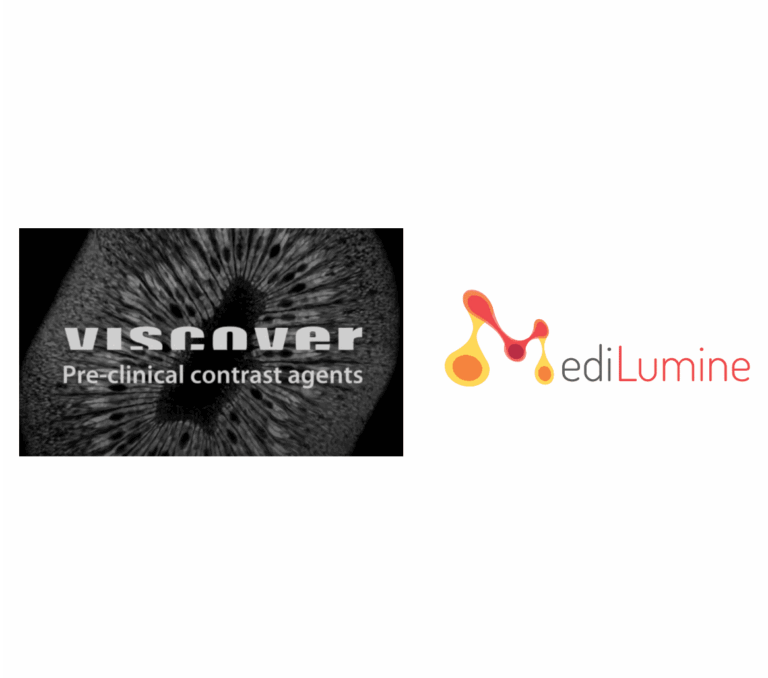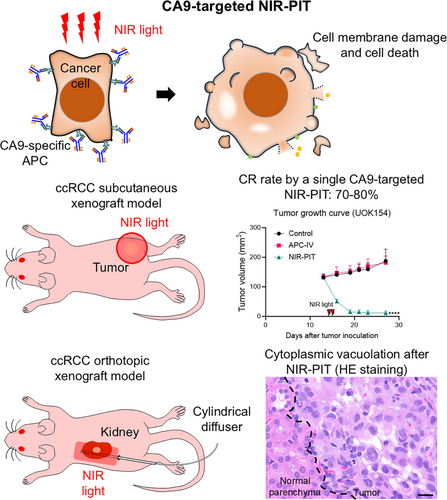
Medilumine Appointed Authorized Distributor of NanoPET Pharma’s Viscover Contrast Agents
Medilumine is pleased to announce a new distribution partnership with NanoPET Pharma through its Viscover brand. Medilumine is now an authorized distributor of the full



